
10 Things You Should Never Put In A Grinder And Blender
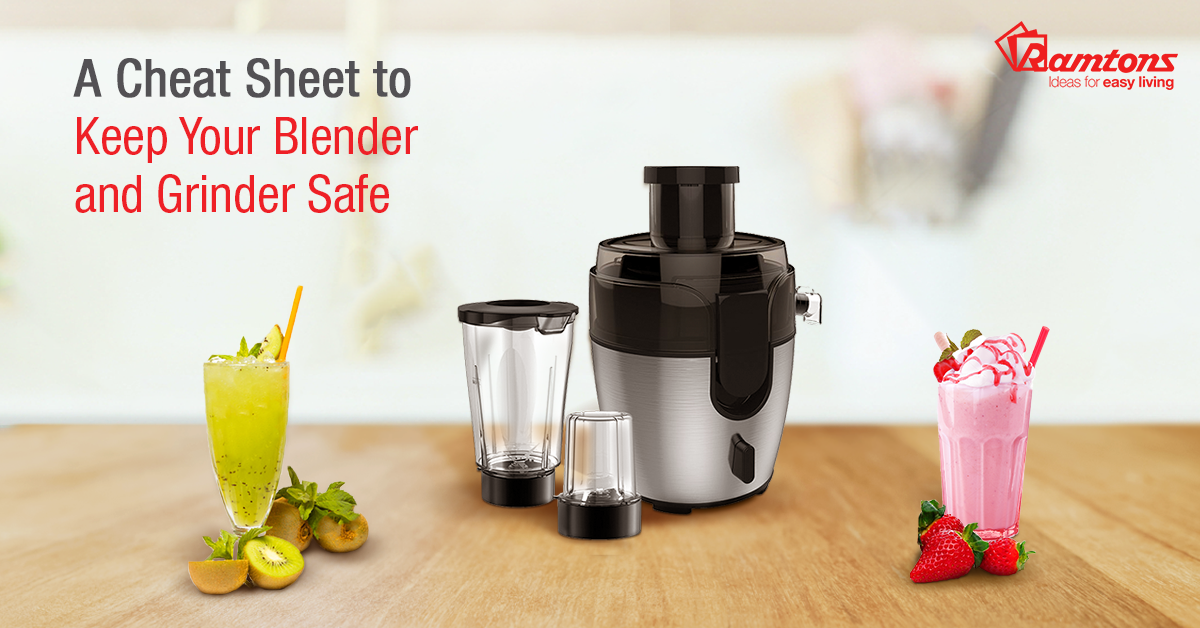
One of the most important machines in a modern kitchen is, undoubtedly, a grinder and blender, which can eliminate manual labour and save time for quicker cooking. This appliance is designed for numerous activities, including pureeing, mixing, grinding, mincing, and chopping, while producing a fine product with no obvious bits.
What Is The Difference Between Blender and Grinder?
Grinder and blender are the two household equipment that is not only used to mix substances but indeed perform different actions.
Let us understand the difference between the two:
● Blender
A blender is a kitchen appliance that is used to combine, smash, purée, or emulsify food and other substances. A stationary blender is made up of a blender container along with a rotating metal blade at the bottom and is driven by an electric motor in the base. A blender is a star of smoothies, thicker cream, sorbets, hummus, etc. in short, a blender is used to mix two or more substances.
● Grinder
A grinder, on the other hand, is a tool that is used to grind or powder substances. Grinding spices, blending raw and cooked meat, grinding vegetables, and a variety of other types of food are all possible with the grinder.
Whether you are health-conscious or enjoy preparing various types of cuisine for your family, a grinder and blender can do it all. Though they can easily blend and grind various items, there are certain basic guidelines to follow when using a blender or grinder.
What Makes A Blender And Grinder Essential?
To make your hectic mornings easier, every kitchen needs a powerful cooking appliance. The days of using separate equipment for mixing, blending, and grinding are long gone. Mornings are the busiest time of the day, so you'll need a kitchen gadget that helps you get your meal prepared quickly. You can finish all of your activities in minutes with only one appliance if you use a high-powered blender and grinder. The grinder and blender's high RPM, speed, and preset settings let you get through your demanding mornings. However, knowing which items are suitable to be processed in a blender, and which items should be avoided is a must or else it can deteriorate the performance of the appliance.
10 Things You Should Avoid While You Are Blending/Grinding
Almost any meal may be simply blended using a grinder and blender. Certain foods, on the other hand, can harm the appliance.
The following are some items that should never be blended.
-
Frozen Foods
A grinder and blender are ideal for smoothies but using Large or exceptionally hard frozen foods, such as berries or almond butter, might break the blender container or the blades, resulting in shards of plastic or glass and food splatters all over the place.
Even if your blender survives, your smoothie will most likely contain random bits rather than being properly mixed. Allow the frozen food to defrost for 10-15 minutes before blending, and choose items that have been sliced into smaller pieces for the best results.
2. Hot Liquid

Picture Credits- Live Science
Using a blender to blend hot liquids is a big no-no. Hot liquids produce steam, which quickly builds up pressure in a blender. As a result, the blending procedure has the potential to cause the liquid to erupt, potentially burning everyone close.
Using an immersion blender to purée hot liquids is the safest option. Wait at least 10 minutes for the liquids to cool before blending, then remove the round part of the lid to let the steam out—just make sure to cover the opening with a dish towel before turning on the blender.
3. Starchy Vegetables
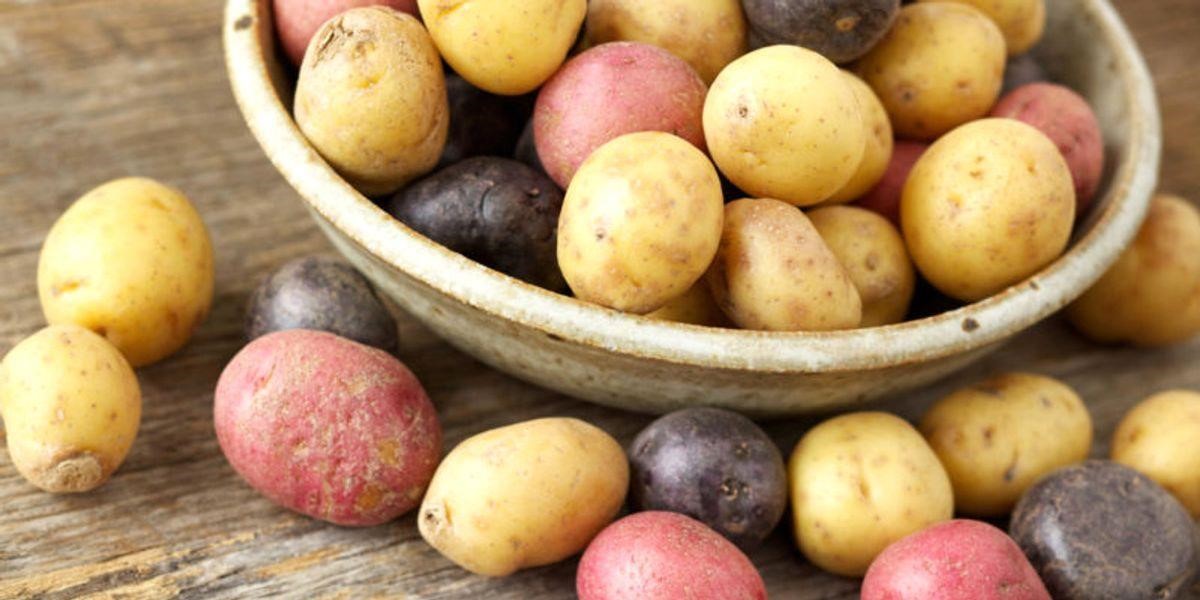
Picture Credits- EcoWatch
Potatoes and other starchy vegetables should not be mixed. This is because a blender's blades over blend the potatoes, releasing too much starch. The excess starch reacts with the liquid in the potatoes, the mashed potatoes become a gluey mess rather than a fluffy side dish.
4. Sun-dried Tomatoes
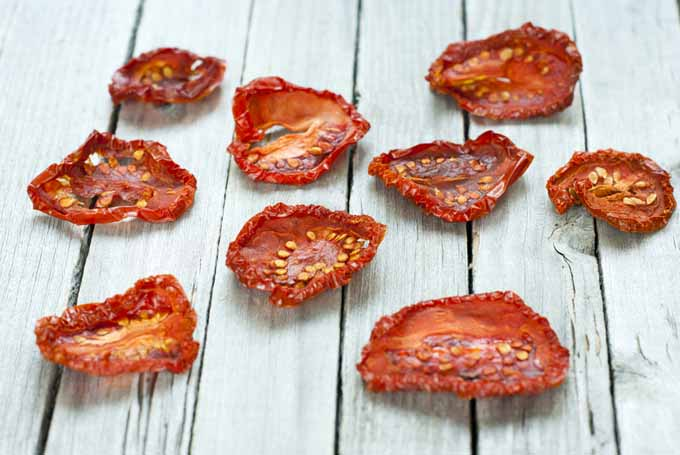
Picture Credits- Foodal
Sun-dried tomatoes should not be blended as the leathery nature of these tomatoes may clog the blender. So, before placing them in the blender, soak them in water beforehand to soften them.
5. Bones
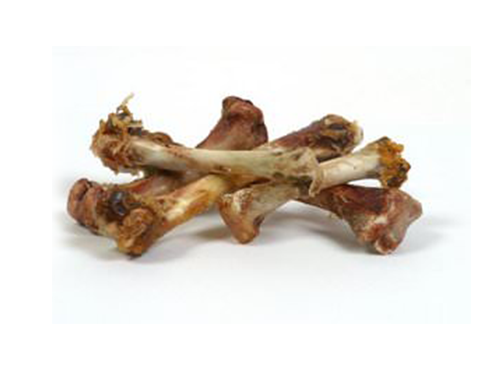
Picture Credits- Pure Farms
It's never a good idea to combine bones. Large bones such as chicken, beef, or pork will dull or destroy the blade, or the container itself. On the other hand, smaller bones like those found in fish, are less harmful but can cause the blender to jam.
Pro Tip- If you want to blend fish, eliminate the larger bones and add lots of liquid to keep things flowing.
6. Green Leafy Vegetables
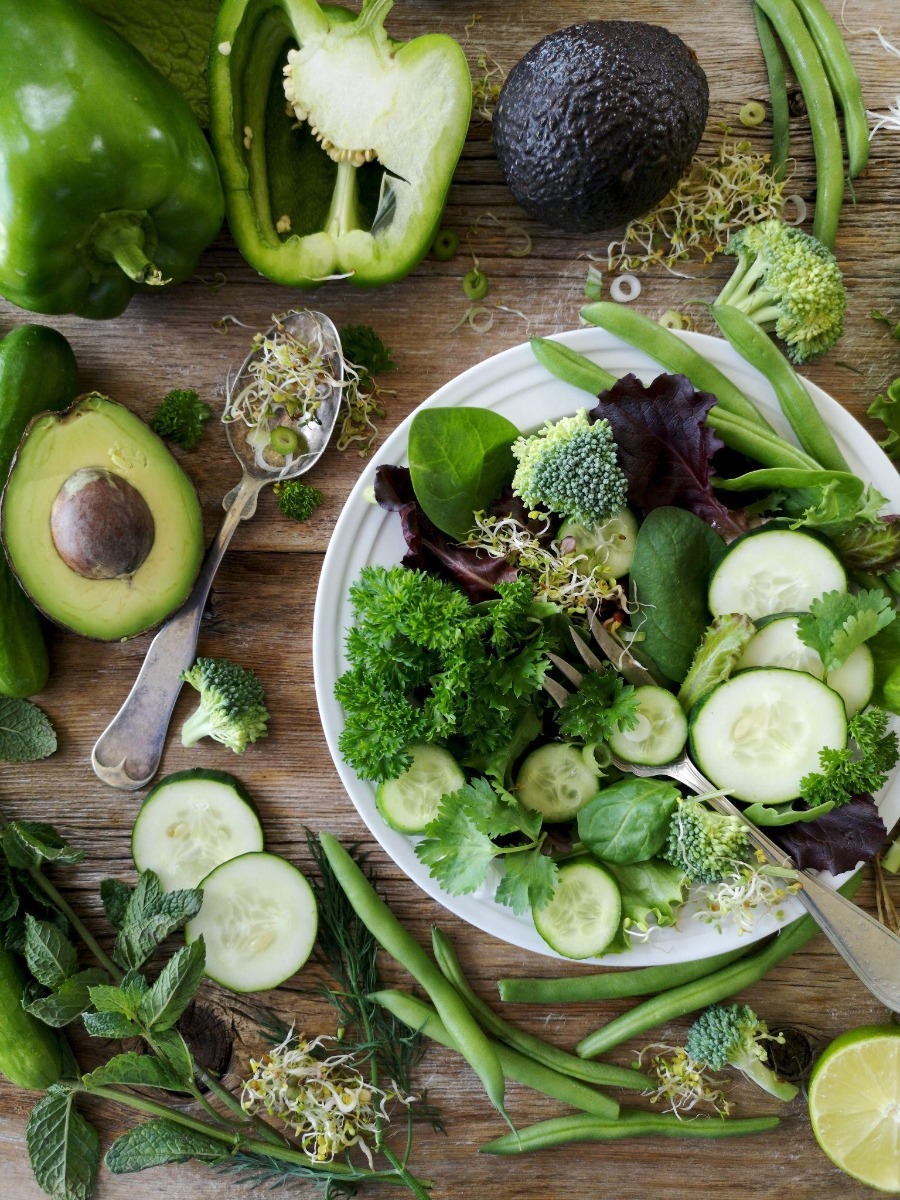
Vegetable and fruit juices are among the healthiest beverages available. Never, ever, ever, use your grinder and blender to make juice, especially from green veggies. The reason for this is that the grinder and blender's motors can easily turn green veggies brown. An effective way to prevent green vegetables from turning brown is to refrigerate them for a few minutes before adding them to the blender.
7. Coffee Beans
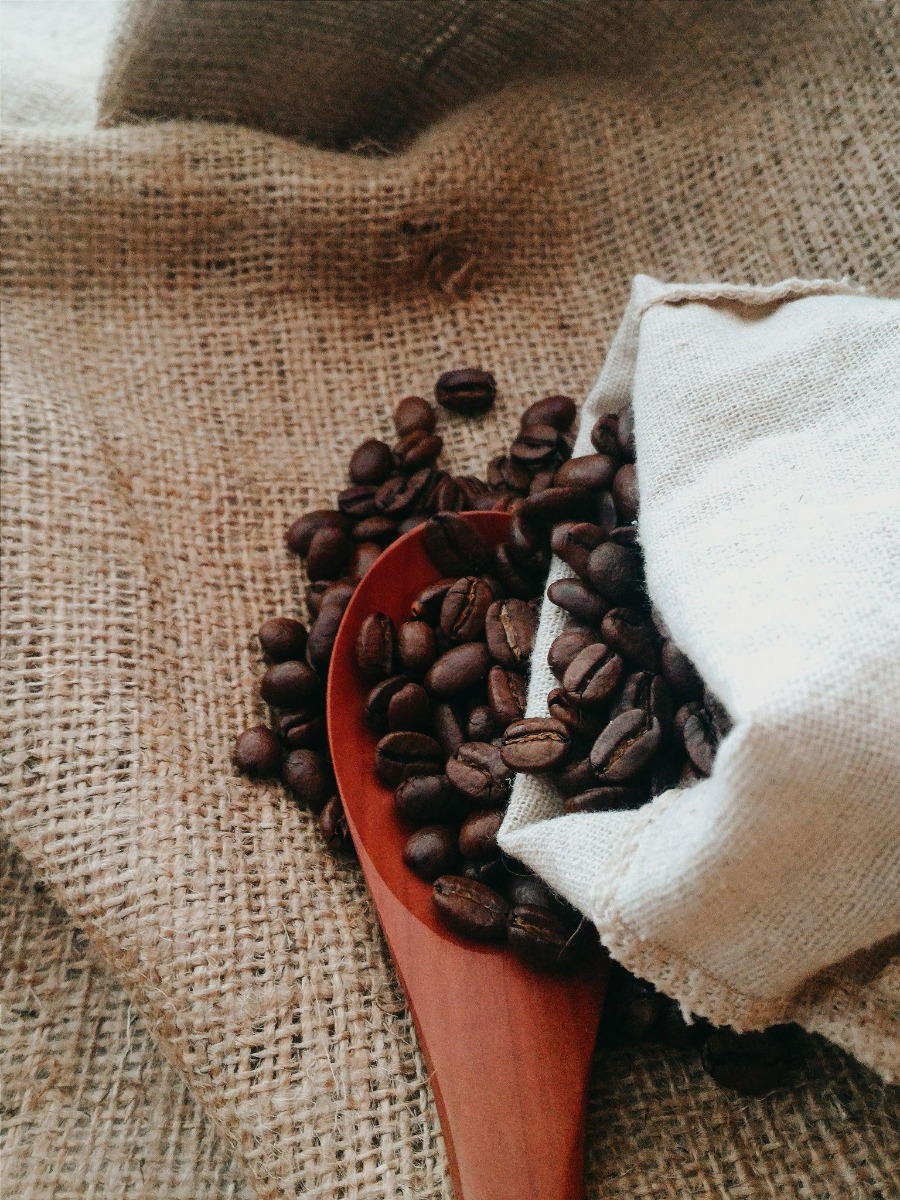
You can technically grind coffee beans into a blender by pushing the beans closer to the blade in little quantities. Aside from the fact that blending coffee beans will certainly result in out-of-whack granules, altering the flavour of the coffee, wearing down the blades' sharpness over time.
8. Ice Cubes
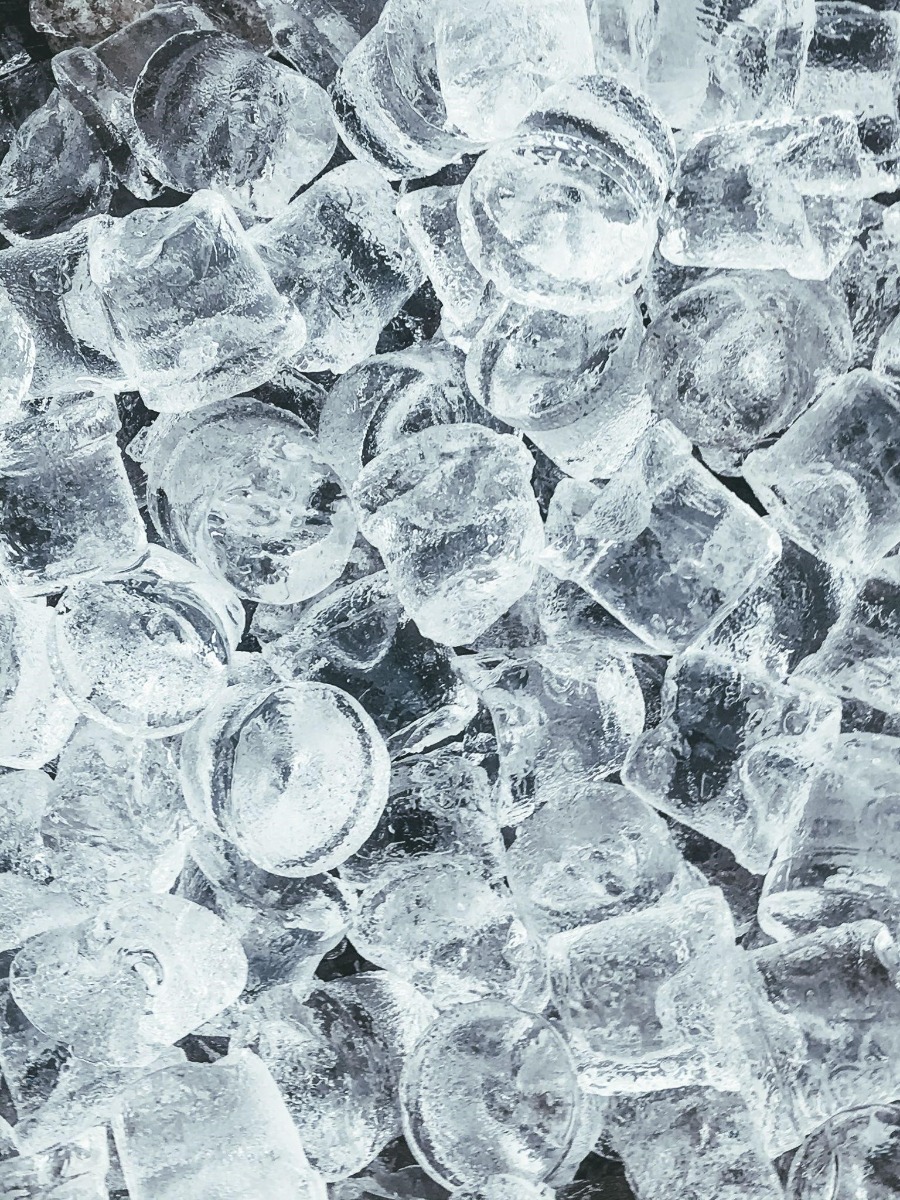
Ice cubes may be difficult to break down in a conventional blender, and you may end up with uneven chunks. There's also the possibility of dulling or damaging the blades (or, worse, breaking your pitcher).
Even if your blender has a 'chop' or 'crush' button, read the instruction booklet to learn what's advised for your blender.
9. Strong-Smelling Food
Strong-smelling or spicy items, such as garlic, ginger, and chilli peppers, can create a residual odour and spice that can transfer to whatever you're blending next. Cooking these items before blending will reduce the punch left behind and blend them in little amounts with other foods rather than by themselves.
Final Words
A blender and grinder are a fantastic kitchen tool that makes your life so much easier. From smoothies to dips to soups, you can blend almost everything to perfection with this magical gizmo.
On the other hand, the items listed above should never be put in the blender/grinder when using it. Use a powerful appliance that can bear the pressure if you precisely need to puree any of these components.
Why Is Ramtons 3-in-1 Juicer, Blender & Grinder A Perfect Choice For Your Kitchen?
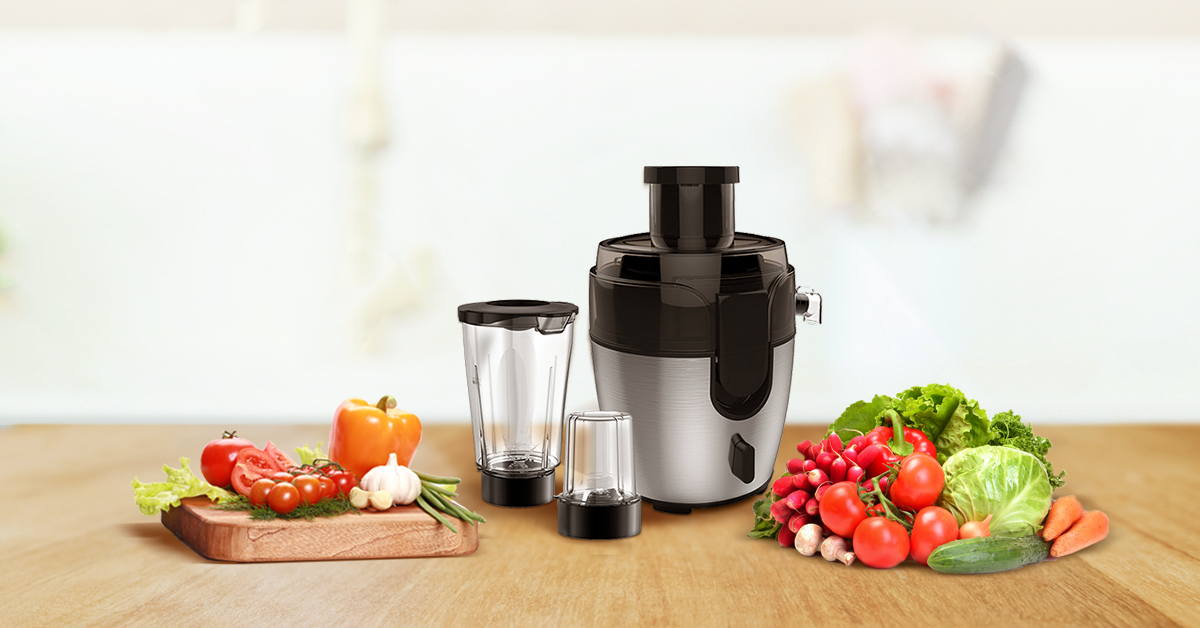
Below are the reasons why it is a perfect choice for you:
● 3 in 1 juice extractor, blender & dry mill
● 2-speed control
● 600 ml plastic blending jar, 800 ml pulp container, 50g pulp grinding mill
● Stainless steel housing
● The juice outlet can be rotated at any angle to prevent the juice from dripping
● 65mm diameter feed tube for the whole apple
● Stainless steel micro-mesh filter basket
● Built-in safety system
● Safety locking arm
To know more about the detailed functions of Ramtons 3-in-1 Juicer, Blender & Grinder, you can visit our YouTube channel and learn more about it.
